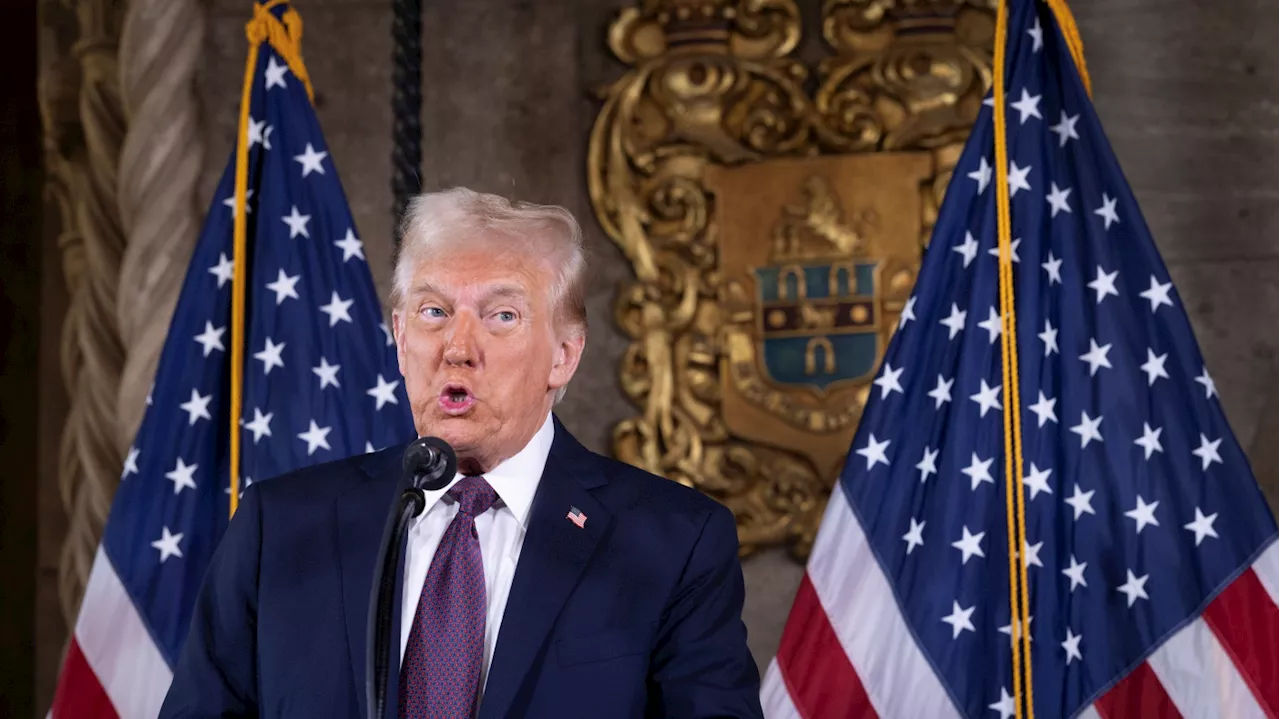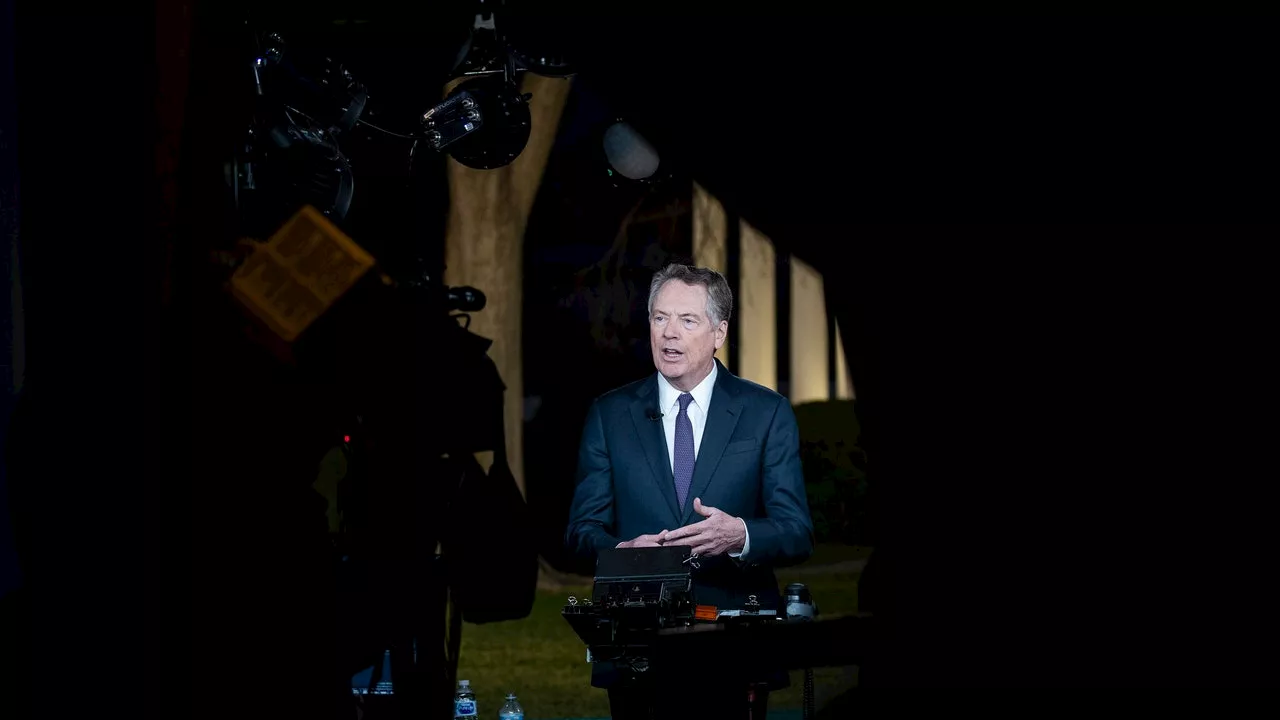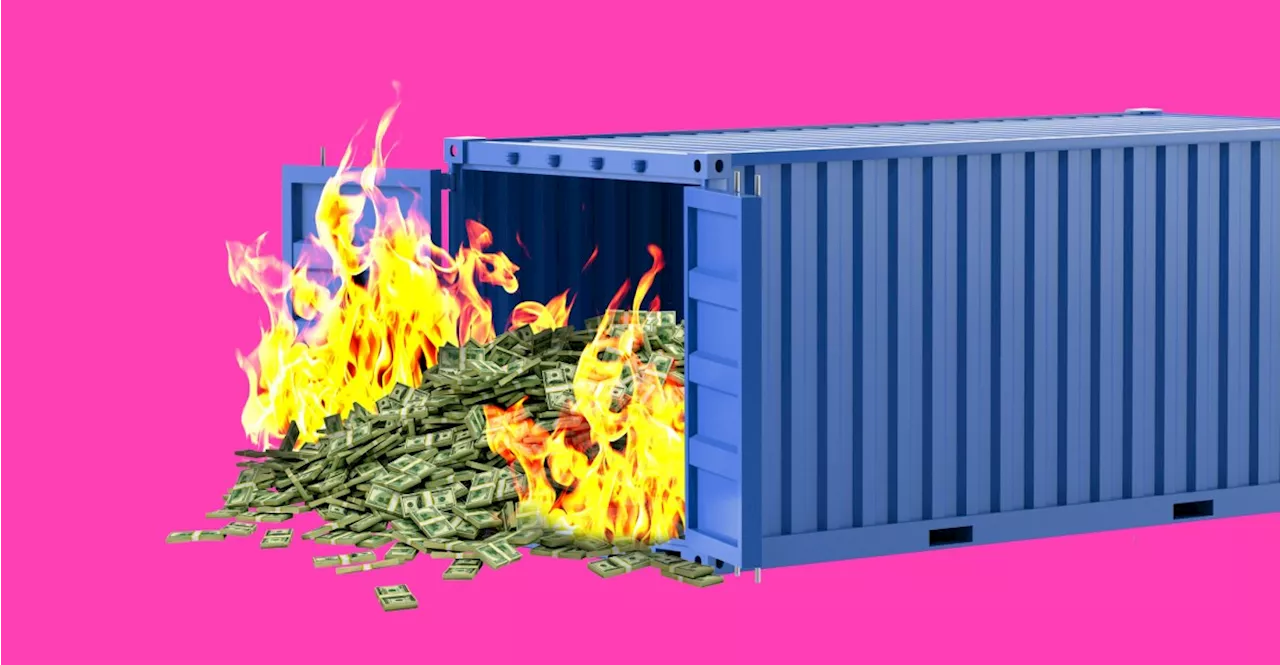President Trump's imposition of tariffs on goods from China, Canada, and Mexico raises questions about their effectiveness and impact on consumers. This article explores the nature of tariffs, their legal basis, and the ultimately negative consequences for American households.
If you live in the US, congratulations — you are now a foot soldier in what has been called “the dumbest trade war in history.” And if you live in one of the top three countries that trade most with the US ( Canada , Mexico, and China), apologies: you are part of this as well.
Donald Trump loves tariffs despite regularly misrepresenting how they work, and after months of saying he would impose them on goods coming into the US, he made good on his promise this week: there is now an additional 10 percent tax on all products from China. The tariffs on Canadian and Mexican goods have been paused for a month, after both countries conceded to certain border measures. (Canada, for its part, apparently agreed to border policies it was already doing.) But we surely have not heard the last of Trump’s favorite trade policy. There’s a deep misunderstanding of tariffs, in part thanks to Trump’s false claims. Who pays tariffs? What do they actually do? How do they affect consumers? Let’s talk about it. What’s a tariff, exactly? Leave the word “tariff” aside for a second and think about it like this: it’s a tax. Specifically, tariffs are a tax set by the government on goods and services that come from abroad. They can be wide reaching (a tax on everything coming in from China) or narrow (a tax on certain items from a certain country) and typically are a percentage of the value of the thing being imported. Trump’s executive order on tariffs on Chinese products is a blanket 10 percent tax on everything coming in from the country. His proposed plans for Canada and Mexico are similarly broad: everything imported into the US from these countries would get a 25 percent tax applied, except for Canadian oil, which would be pegged at 10 percent. Is that even legal? Like many of Trump’s actions in the flurry of the last few weeks, the way he imposed tariffs is of questionable legality. As Politico reports, Trump levied tariffs in a way that no other president has in history, using a 50-year-old law called the International Emergency Economic Powers Act (IEEPA). The US Constitution gives Congress the power to levy tariffs, but in practice and over the course of many decades, the president has been given more authority to set tariff policy, particularly on the basis of national security. While the manner that Trump went about imposing sweeping tariffs is unique, it’s part of a larger trend in US history. “Congress has become less effective every subsequent year for almost 40 years,” says Kathryn Anne Edwards, an economist and policy consultant. “As a result of Congress being incapable of passing meaningful reforms, the office of the presidency has expanded to the fullest extent possible. The executive branch has taken up basically all of the air in the room.” What we’ve seen this week is a rerun of Trump’s tariff strategy during his first term. In 2019, he also attempted to use the IEEPA to threaten a 5 percent tariff on Mexico but ultimately backed down. Trump had announced a series of border actions Mexico would take — but later reporting indicated that Mexico had already agreed to them months before. (Sound familiar?) Who pays for tariffs? Trump and Vice President JD Vance have regularly lied about tariffs (or have no concept of how they work, which is maybe even more concerning). At many rallies during the 2024 campaign, Trump said other countries would be taxed using US import tariffs. That claim is “unequivocally false,” Edwards says. A tariff is paid by the entity importing the product, whether that’s Target, or Apple, or the Trump campaign merch store, for example. Sometimes it could even be individual shoppers (more on that later). The money goes into the US Treasury and is a relatively small portion of the federal revenue: it’s amounted to less than 2 percent for the last 70 years. Last year, Customs and Border Protection collected $77 billion in tariffs, or 1.57 percent of the federal revenue. Even if a department store pays the tariff initially, that additional cost is likely to burden consumers — companies are in business to make money, after all. “If Target has to pay on every good that they import from Canada and sell in their stores, Target is paying that tax, but they’re not paying it, paying it,” Edwards says. “They’re passing it on to somebody else.” Economists agree that the cost of tariffs ultimately fall on consumers — and there’s data from Trump’s first presidency to illustrate that point. In 2018, Trump imposed steep tariffs on imported washing machines as he vowed to put American businesses first, a move celebrated by companies like Whirlpool. But researchers at the Federal Reserve and the University of Chicago found something interesting: not only did the price of washing machines go up but also the price of dryers. All in all, the tariffs cost consumers around $1.5 billion a year, while the revenue from the tariffs the US collected was just $82 million
TARIFFS TRADE WAR ECONOMY CONSUMERS POLITICS DONALD TRUMP CANADA MEXICO CHINA
United States Latest News, United States Headlines
Similar News:You can also read news stories similar to this one that we have collected from other news sources.
 Why Trump's tariff promises will be hard to keepPresident-elect Donald Trump has said his tariffs will raise revenues, boost U.S. jobs, and help stop the drug trade. But some of these goals are at odds with the others.
Why Trump's tariff promises will be hard to keepPresident-elect Donald Trump has said his tariffs will raise revenues, boost U.S. jobs, and help stop the drug trade. But some of these goals are at odds with the others.
Read more »
 Why Trump's tariff promises will be hard to keepPresident-elect Donald Trump has said his tariffs will raise revenues, boost U.S. jobs, and help stop the drug trade. But some of these goals are at odds with the others.
Why Trump's tariff promises will be hard to keepPresident-elect Donald Trump has said his tariffs will raise revenues, boost U.S. jobs, and help stop the drug trade. But some of these goals are at odds with the others.
Read more »
 Why Is the Mastermind of Trump’s Tariff Plan Still Sitting at Home in Florida?Benjamin Wallace-Wells on Robert Lighthizer, the former U.S. Trade Representative who lost his bid to rejoin the White House but who still believes President Trump’s protectionist instincts can jumpstart American manufacturing.
Why Is the Mastermind of Trump’s Tariff Plan Still Sitting at Home in Florida?Benjamin Wallace-Wells on Robert Lighthizer, the former U.S. Trade Representative who lost his bid to rejoin the White House but who still believes President Trump’s protectionist instincts can jumpstart American manufacturing.
Read more »
 Why do Trump’s steep tariff hikes cause the crypto market to tumble?Bitcoin (BTC) price edges below $95,500 on Monday after declining nearly 5% the previous week.
Why do Trump’s steep tariff hikes cause the crypto market to tumble?Bitcoin (BTC) price edges below $95,500 on Monday after declining nearly 5% the previous week.
Read more »
 Advantage China: Why Trump’s tariff gamble could backfire on the USThe US President’s aggressive manoeuvres offer Beijing a unique opportunity: bolster its already impressive engagements with nations.
Advantage China: Why Trump’s tariff gamble could backfire on the USThe US President’s aggressive manoeuvres offer Beijing a unique opportunity: bolster its already impressive engagements with nations.
Read more »
 Trump's Tariff Plans Threaten Consumer Goods StocksPresident-elect Donald Trump's proposed tariffs on imported goods have raised concerns in the market, particularly for consumer goods companies. Wolfe Research identifies several retailers and manufacturers that could be significantly impacted by tariffs, highlighting the potential for price increases and slowing growth.
Trump's Tariff Plans Threaten Consumer Goods StocksPresident-elect Donald Trump's proposed tariffs on imported goods have raised concerns in the market, particularly for consumer goods companies. Wolfe Research identifies several retailers and manufacturers that could be significantly impacted by tariffs, highlighting the potential for price increases and slowing growth.
Read more »
